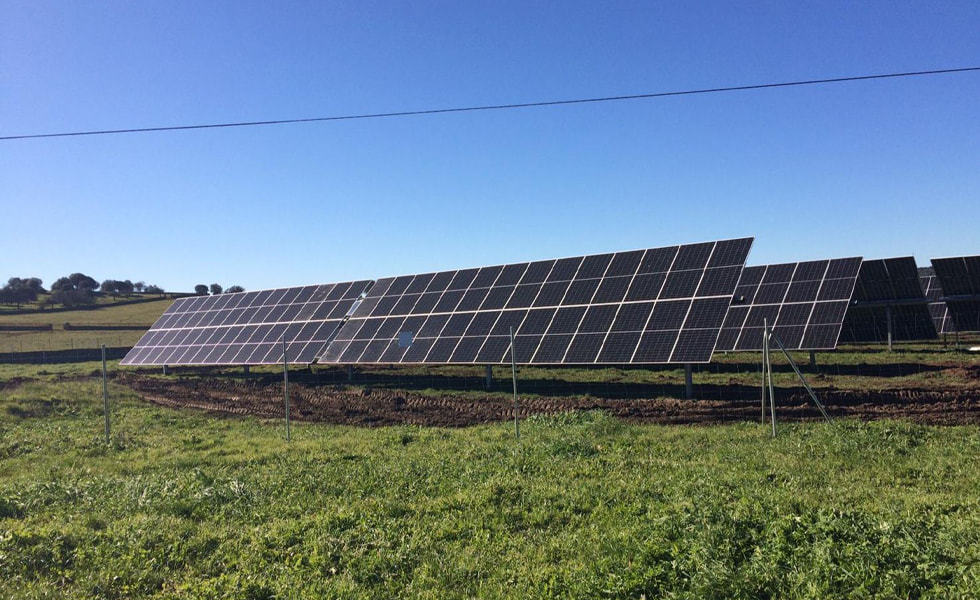
Solar panels add three-dimensional structure and complexity to an environment. They can provide animals shelter from predators and the elements, much like artificial reefs in lakes and oceans. They can also act as perch or nesting structures.
Solar infrastructure also creates a mosaic of sun and shade patches – and so provide many “micro-habitats” for plants and animals.
Research from Europe has shown large solar farms can enhance the diversity and abundance of plants, grasses, butterflies, bees and birds.
What’s more, vegetation between solar panel rows can also provide travel corridors, nesting sites and shelter for wildlife.
Management is key
Research suggests several management strategies that can maximise the benefits of solar farms for wildlife.
Land managers should provide a diverse mix of flowering plant species to encourage pollinators. And grass between solar panels should not be mowed too short or too often. Pollinators prefer tall vegetation where they can forage – though vegetation should not be so tall that it shades the solar panels.
The use of herbicides and other chemicals should be avoided where possible. And solar farms should be connected to other vegetated areas, using features such as hedgerows and wildflower strips, so wildlife can move between the solar farm and other habitats.
Landholders who combine solar farms with wildlife habitat may reap several benefits.
They could receive financial returns by earning environmental credits through schemes that reward carbon sequestration and biodiversity improvements.
They may also improve the health of their land by, for example, increasing pollination or providing habitat for predators such as raptor perches or nest boxes – which in turn could help control pests.
Much work remains, however, to understand these opportunities.
Looking ahead
The benefit of renewable energy in reducing carbon emissions is well known. But more work is needed to understand how solar farms can benefit wildlife.
Research is also lacking on how to locate, configure and manage solar farms to best enhance biodiversity. Collaboration between industry, land managers and researchers is needed so clean energy production and conservation can go hand-in-hand.The Conversation
Tags :
